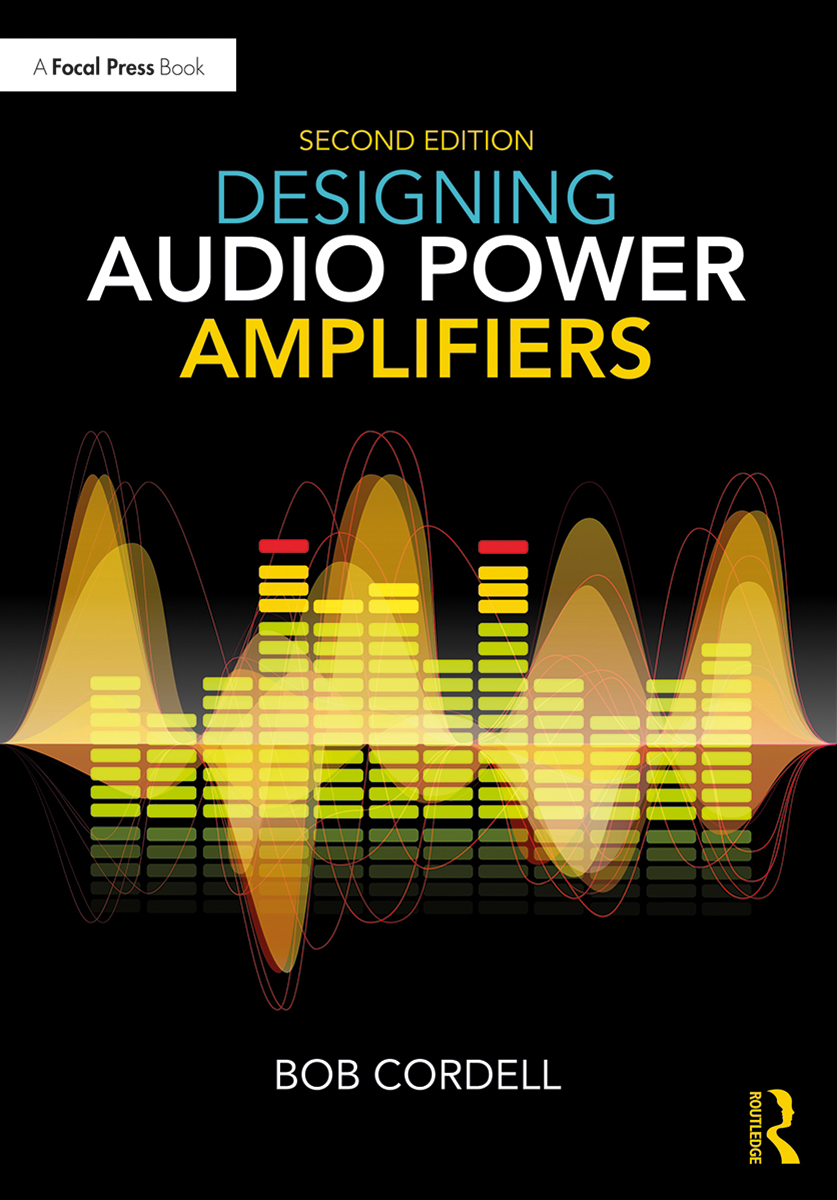

- #AUDIO POWER AMPLIFIER DESIGN HOW TO#
- #AUDIO POWER AMPLIFIER DESIGN GENERATOR#
- #AUDIO POWER AMPLIFIER DESIGN FULL#
In this circuit, the LM741 IC has been used as a non-inverting amplifier. The LM741 can be configured as an open or closed-loop amplifier, and as an inverting or non-inverting amplifier. Through this network, the filtered audio signal - which now carries only high-frequency signals - is passed to the op-amp’s non-inverting pin. The RC network forms a passive, high-pass filter. Using these values for the capacitor and resistor, the cut-off frequency of the filter can be calculated as follows: The high-pass filter is designed using a capacitor (“C1” in the circuit diagram) of 100 nF and a resistor (“R2”) of 3.2 kilo-ohms. The impedance of the capacitor can be determined using this equation: It’s bypassed through the resistor that’s connected to the ground.

The low-frequency element of the signal will contain a greater level of impedance.

The high-frequency element of the audio signal will, therefore, have less impedance and easily pass through the capacitor and to the amplifier’s non-inverting input. Its impedance is inversely proportional to the frequency and the capacitance - so, the lower the frequency, the higher the impedance and vice-versa. The audio signal passes through the capacitor.
#AUDIO POWER AMPLIFIER DESIGN GENERATOR#
A function generator will be used as the input source to produce sinusoidal waves at different frequencies. The curve will be drawn by plotting the voltage levels of the audio signal with respect to the frequencies. To properly test this EQ, we’ll analyze the frequency response curve of the audio filters. The amplifier circuit will boost the combined audio signal and direct it to a speaker. The different frequency components will be combined at the filters’ output stage and connected to an LM386-based power amplifier circuit. The gain for each frequency band will be regulated using variable resistors, connected at the filter circuits’ input. The circuits will be active filters using an operational amplifier (op-amps). So, it will have low, high, and band-pass filter circuits to separate the low, high, and mid-range frequencies of the audio signal.
#AUDIO POWER AMPLIFIER DESIGN HOW TO#
The course explains how to implement frequency compensation with one or two dominant poles with compensation capacitors, design of top quality BJT 100W quasi complementary class B, 100W complementary class B, 140W class B, 40W class A.Equalizers can be designed using audio filters or integrated chips (such as an LA-3600, which is a five-band equalizer IC).įor this project, we’ll design a three-band, graphic equalizer circuit using audio filters. The sources current circuits of the first stage, study the effects of a feedback signal application, the mirroring of the first stage currents, design of a typical dual rail power supply for a fixed power, features of enhanced output stages with a current limiter, a zobel network filter, Nyquist Criterion to validate the stability of the amplifier with a feedback applied. You ‘ll learn to calculate and size components of a basic three stage power amplifier.
#AUDIO POWER AMPLIFIER DESIGN FULL#
A full course using PSpice as SPICE simulator for a practical and easy way to learn 3-stage audio power amplifiers design with theory and SPICE simulation analysis.


 0 kommentar(er)
0 kommentar(er)
